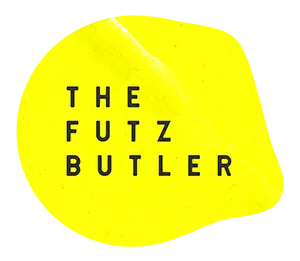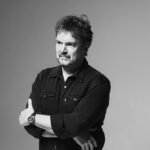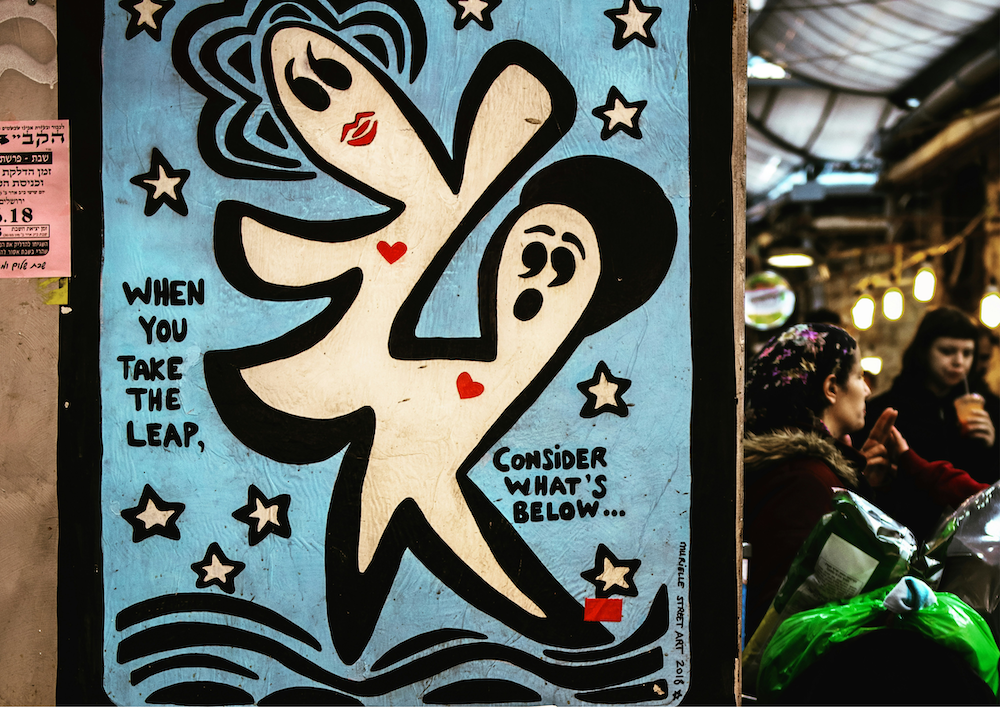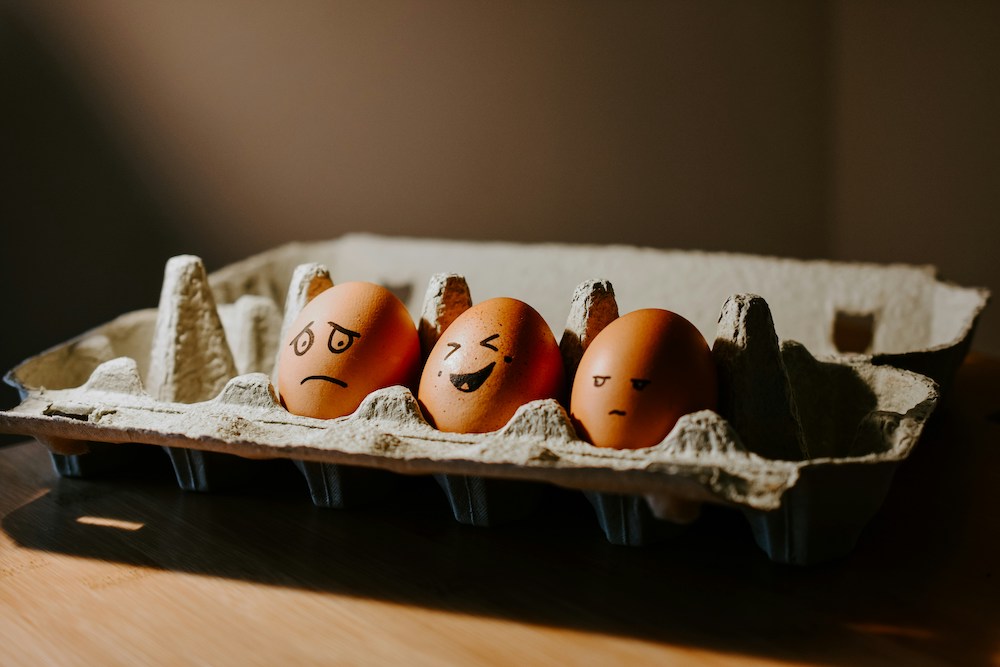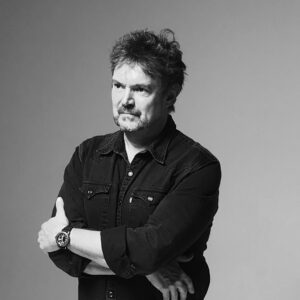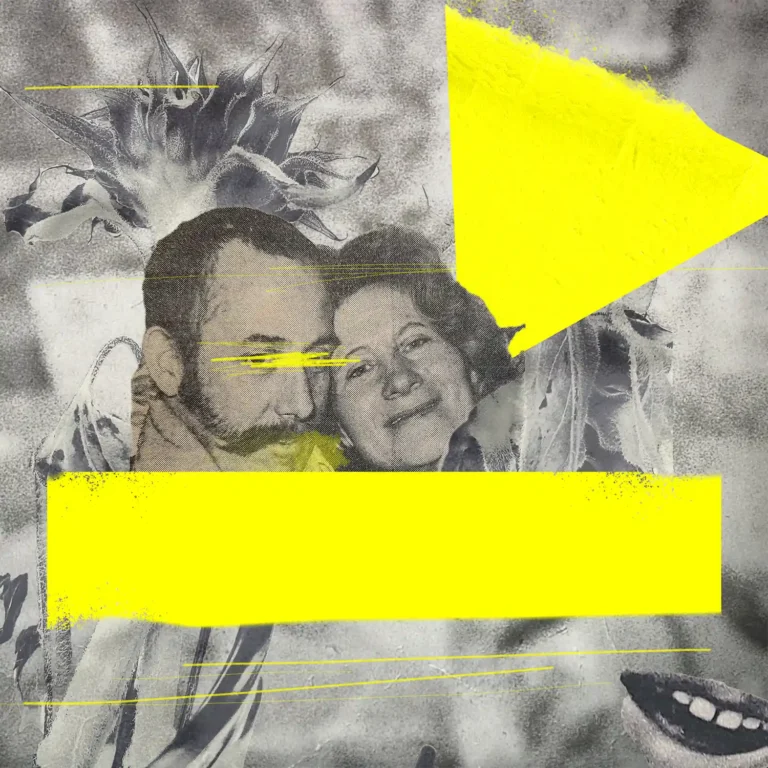Creativity needs courage.
It’s normally considered a good thing, especially in increasingly crowded markets.
But it comes with questions.
“How do you know this will work?” “Isn’t this a bit risky?” “What if we lose money?” “If we don’t take a risk, how will we get noticed?”
All valid cries from both sides of the table — the stakeholders and the creators.
So, what if there was a way to keep both parties happy?
The Producer’s Fable
I recently heard an interview with a top record producer. He described a record he’d been involved in that followed a very flawed process.
Everyone was chasing their tails, trying to work out who was making what sound on the radio and what ingredients were being used to make up the current hits. List them all out, tick boxes, execute; job done.
He then uttered these immortal words: “That’s all just about keeping your job. It’s NOT how you make great work.”
(Record company and artist eventually saw sense, and a great record was made.)
Creativity vs. Effectiveness
Let’s have it right: Nobody wants to lose their job.
We’re in a period of severe economic uncertainty, which makes taking perceived risks feel pretty uncomfortable. This is evidenced by the overload of B-list celebrities and warm fuzzy re-records in a lot of 2023’s Christmas campaigns.
The danger is this conversation becomes about taking sides. Those who want the work to be ‘creative’ and those who want it to be ‘effective.’
Sound familiar? (Admit it, it does.)
We can summarise these factions into those creating the idea and the stakeholders. (Haven’t we all heard the phrase, “We’re making this one for the stakeholders”?)
But it’s not about warring sides. Or factions. Or differing groups wanting different things.
The idea behind creativity needs courage is simply about aligning creative intent upfront.
The Importance of Aligning Creative Intent
After a good few years of award-winning noisemaking for filmmakers and brands, we’d humbly suggest that nobody involved in a project goes into it wanting it to be:
- safe
- derivative
- unnoticed
- following (not leading)
- bland
But to be blunt, a lot of work can turn out that way. Why?
As far as we’re concerned — and remember, we’ve been doing this a while — it all boils down to not aligning intent up-front.
Team X wants A; Team B wants Z. “This film needs to win an award.” “This film needs to increase sales by 25%.”
Then the executional conversations start.
“We need to use a famous track. That makes people buy.”
“Try something nobody has ever heard before, and you’ll be remembered forever.”
Again, both are valid routes. It’s hard to choose between them unless you know what you’re trying to achieve as a team.
The only way to keep the conversation on track is to align creative intent at the outset.
It sounds simple, but it doesn’t happen enough. Result: diluted execution, hazy feedback, and outcomes that default to the mainstream.
Creative Courage Drives Attention & Results
Full disclosure: we know we’re in the room to make the music and sound, but we pride ourselves in taking as much interest in the project’s success as the creative team and the stakeholders.
For us, it starts with how we want the piece of work we’re creating as a team to make people feel.
Instead of thinking about sales targets or jury approval from the outset, how about we all agree that (for example) this film is purely about perceiving the brand like a child seeing something for the first time?
Or it’s all about love.
Or it’s about confronting your darkest fears and picking up the phone to talk to someone.
We can immediately see these aren’t job-saving strategies but razored examples of creative intent.
Each suggests a way of telling the story with music and sound instantly which is more engaging than executional goals like, “We need a famous track to boost sales.” (I once heard a global CEO’s speech state brand purpose as “hitting 12% net profit.” Cue a scramble for the exit door.)
We speak from an authentic experience when we say aligning creative intent across all parties creates captivating results.
The shackles come off. Music and sound ideas can be harnessed to imagine the unimagined in a truly unique way.
“Let’s use silence here. Or build our own instrument. Or record a cuckoo clock in a drainpipe.”
The work progresses with consolidated feedback, and fewer amends when everyone seeks to achieve the same goals and every input focuses on achieving them.
Sounds like an ideal world. But too many projects still miss out on such vital steps, making the creative result unfocussed and diluted because nobody was ever on the same page.
We passionately believe that everyone wants to do the best work.
That’s why we’re all in the room at the start of a project.
We believe in this approach so wholeheartedly that we’ve based our unique and revolutionary briefing process on it.
We don’t take a brief; we collaborate with the whole team at the start of a project and build one together.
If the starting point is creative intent, we ask what we’re trying to make our audience feel. If there’s any disagreement, we talk it out until everyone is aligned. Because misaligned direction upfront is like a wrongly programmed SatNav: wasted time, missed deadlines, tears, and recriminations. (And an improvised stop at a grotty roadside McDonald’s.)
We don’t expect people to have prescriptive or executional answers. We prefer it if they don’t. Let’s swap conversations on genre and instrumentation for ones about feeling and emotion.
Let’s get one thing right: we’re not afraid of single-minded tactical messages. If the aligned goal is a short-term sales boost with less focus on brand-building, let’s come together to design ways to achieve that with music and sound. Make it happen in a way nobody expects.
That’s how you get noticed.
The Creative Effectiveness Ladder to Happy Stakeholders
Recent years have seen an increased focus on technology, algorithms, and using past behaviour to predict the future. (The clue here is in the word ‘past.’)
But human audiences respond to stories, emotional engagement, imagination, and original ideas they’ve never heard or seen before, meaning audience communication is as crucial as stakeholder happiness.
Thought-leaders agree.
According to Hurman & Field’s The Creative Effectiveness Ladder, “Advertising built on award-worthy creative leaps has been shown again and again to be more effective. But the leaps themselves are a product not of formulae or algorithms, but of human imagination.”
Kirsty Hathaway (ECD of JOAN) quotes System 1’s awareness data:
“Brave work is what gets noticed in a homogeneous sea of content. Yet System1 discovered that 48% of emotional responses to TV ads they tested over the past five years are ranked as neutral.”
(That’s a lot of media money spent to make people feel ‘neutral.’)
Lastly, Lee Tan of Motel offers the most crucial parable yet: “Not being remembered is business suicide.”
How to be remembered?
Simple. The alignment of creative intent upfront.
The result? Unexpected, super-effective work; audience communication; and happy stakeholders.
